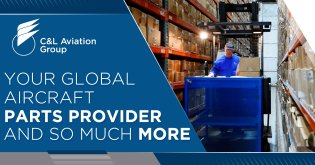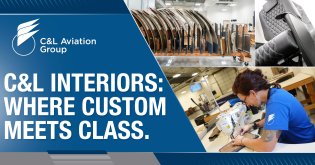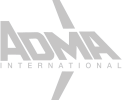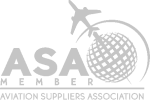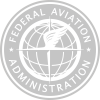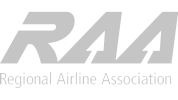If you are starting up an airline service or introducing a new airframe type to your operation, you will need to acquire spare parts and tooling for that airframe. An initial provisioning list specifies what you need to establish your parts inventory. While this may seem straightforward, it requires careful planning – from acquiring the correct parts for your operation to choosing experienced suppliers. Due to our experience assisting ERJ, ATR, Saab, and other airframe operators, we at C&L offer some initial provisioning advice.
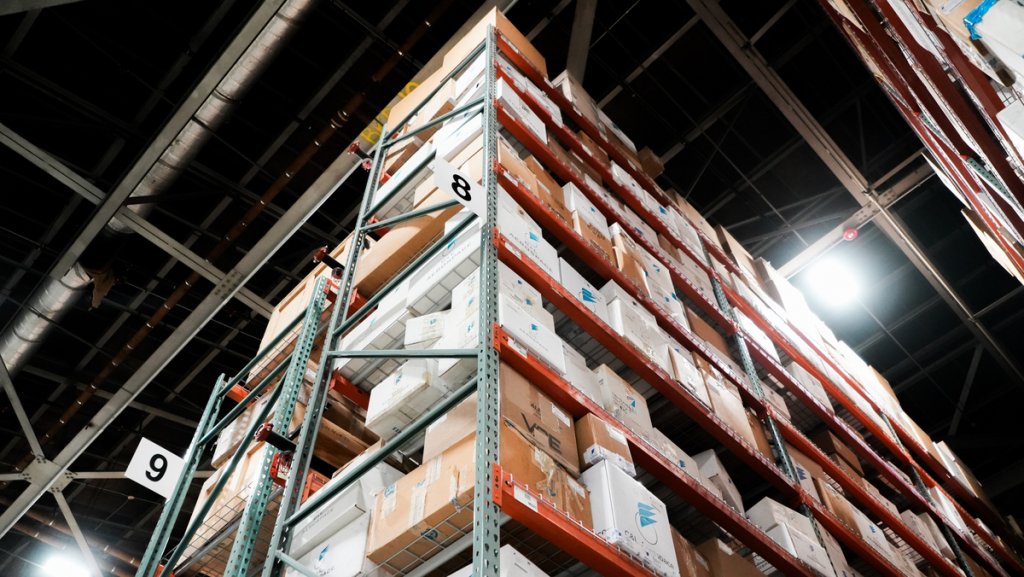
What is an Initial Provisioning List?
Operators request quotes from aircraft parts suppliers for parts and tooling that are specified in an initial provisioning list. The list can be acquired from the original equipment manufacturer (OEM) or vendor that supports the specific airframe. Operators may obtain parts from multiple suppliers. It generally takes a month between when the quote is requested and when the parts are shipped.
The initial provisioning list generally consists of the following:
- Specific tooling (ground support equipment (GSE) specific to that airframe, such as landing gear jacks, tow bar, etc.)
- Rotables (parts that can be repaired or overhauled an indefinite number of times, such as landing gear)
- Expendables (parts that are discarded once used, such as igniters)
Aircraft Parts Initial Provisioning Advice
Before requesting a quote, it’s important to consider how experienced each supplier is in the specific airframe you are provisioning.
Evaluate Suppliers
When evaluating aftermarket suppliers, consider the following questions:
- How long have they been in the market?
- Do they carry distributor lines?
- What are their warranty terms?
- What is their sales process (do they have an easy online system for ordering parts and/or direct contact with salespeople for quick answers)?
- Who are their references (brokers and other suppliers vs. operators and MROs)?
These questions will help you determine how experienced and trustworthy the supplier is, especially if you wish to continue obtaining aircraft parts from them beyond the initial provision.
Have an Experienced Supplier Review Your List
Initial provisioning lists may be generic or have part numbers that are OEM-specific. In some cases, part numbers may be outdated. An experienced supplier can review the list and provide you with part numbers for additional, alternate, updated, modified, or upgraded parts. These suppliers may also suggest parts that are more cost-effective, specific to your operation or operating environment, and/or compliant with upgraded service bulletins or airworthiness directives.
Consider Your Specific Operational Needs
Your operating environment or how you’ll utilize the aircraft may affect how quickly the parts wear or time out. Based on where you intend to fly, how long your flights will be, and how many cycles you anticipate flying, you may need additional or other specific parts not included in the original list. An experienced supplier should be able to offer recommendations and guidance for your intended flying profile.
Identify PMA or Alternate Parts
Experienced suppliers may also identify PMA (parts manufacturing approval) or alternate parts that are more cost-effective, longer lasting, or more readily available. If you can accept an alternate or PMA part for your aircraft depends on whether the part is approved for your application by the FAA, your organization, and your region.
Know How to Compare Aircraft Part Quotes
When comparing aircraft part quotes, you’ll want to pay attention to the cost and the part’s condition. For instance, an aircraft part of a lesser condition may require repairs and overhauls, making it more costly than purchasing an aircraft part already in a better condition (e.g., new or overhauled).
Consider Consignment or PBH Programs
Consignment inventories and Power-By-the-Hour (PBH) programs may benefit operators by significantly reducing the upfront cost associated with the initial provisioning.
In a consignment inventory agreement, the parts supplier provides various consigned parts available at the operator’s facility. The operator is then invoiced for an aircraft part once it has been consumed. Consignments are generally efficient for startup airlines, operators with small fleets (5-40 aircraft), and operators introducing a new airframe.
In a PBH program, the operator pays a monetary rate per flight hour, and the funds are allocated toward parts repair. An operator with a minimum of 5-6 aircraft and 60-70 flight hours per aircraft each month is a good fit for a PBH program.

Concluding Thoughts
Ensuring your startup airline or new airframe has the necessary aircraft parts inventory can be a daunting task. However, with careful planning and knowing experienced parts suppliers to work with, you’ll be able to effectively establish your inventory, identify aircraft parts to augment your initial provisioning list, and build rapport with suppliers for future support.

